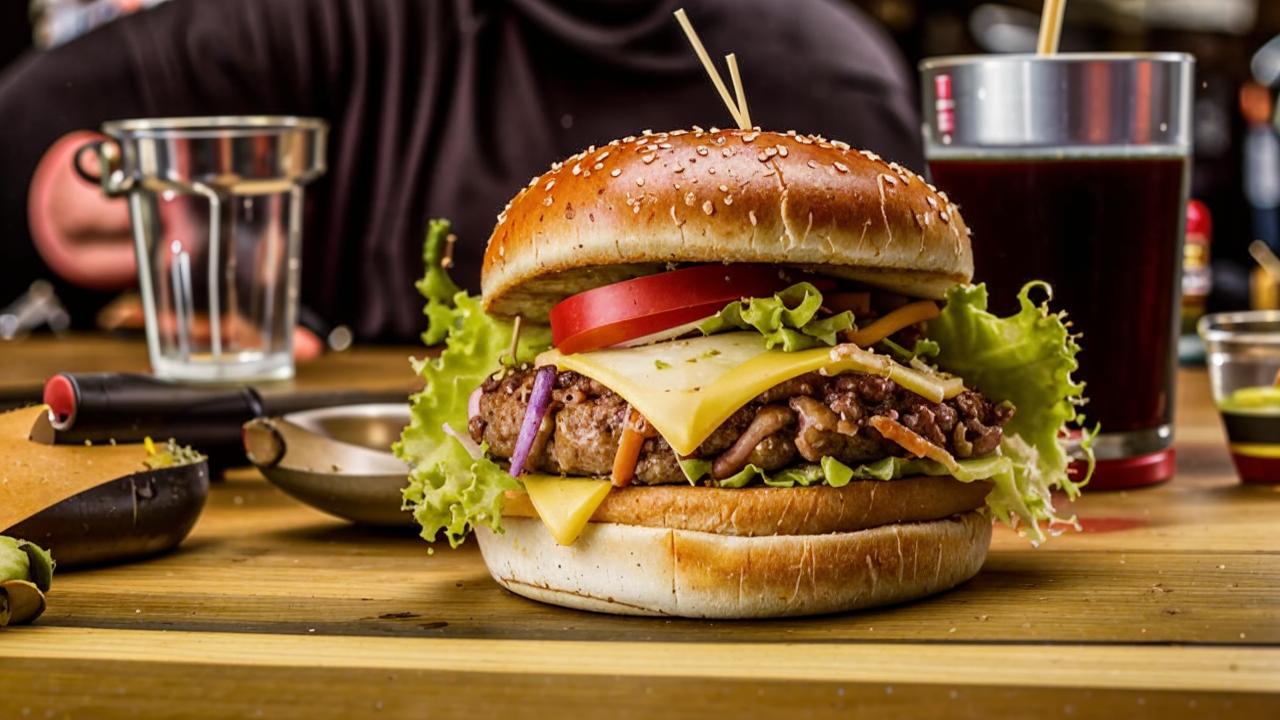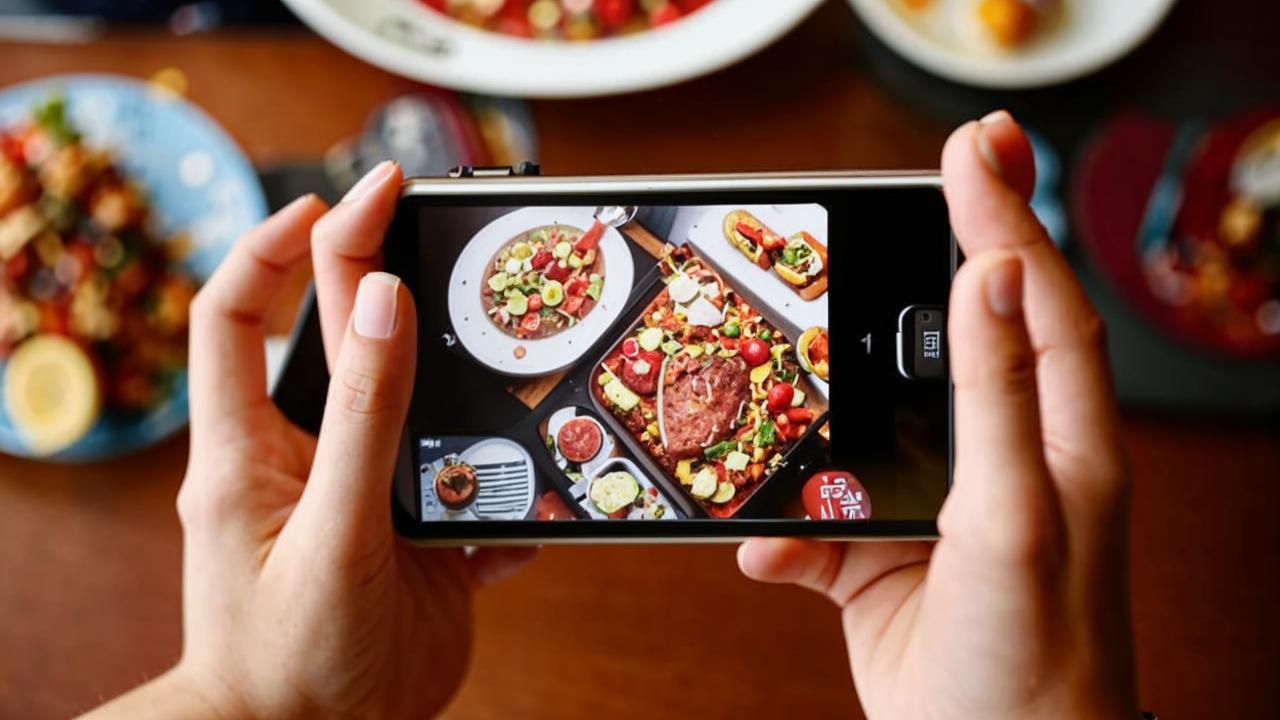Often men in the gym do not notice the results of training and immediately go to the burger shop to “gain mass”. Is such an approach useful for muscle growth and what to eat to gain weight? Let’s find out with “Championship” expert, wellness coach Andrei Semeshov.
Why don’t my muscles grow?
I go to the gym two/three/four times a week, I work out 200% in training, but my muscles don’t grow. Or another option – the mass is steadily increasing, but the percentage ratio of fat to the desired muscle volumes leaves much to be desired, to put it mildly. All is lost and you can’t go against genetics? Well, not everything is so sad and hopeless.
According to my observations, people come to the gym to solve two problems: either to lose weight or to “tighten” buttocks (male version – to “mold” bulging pecs and biceps).
Yes, looking at a very significant percentage of those who are engaged, you realize that no global changes in their figures are not expected. Neither in a month, nor in a year. I personally know many examples of people who have been going to the gym 2-4 times a week for years, but it does not affect their appearance at all.
Let’s assume that for us the hours in the gym must necessarily be converted into the result in the form of muscles. Let’s also assume that we consider our training program to be effective by default, i.e. the body receives a clear signal – “we need more muscles”. But it does not happen.
In this case, the reason lies in errors in nutrition. If in weight loss the proportion between training and calories is about 15% to 85%, then in the case of gaining muscle mass I see a fair ratio of 50% to 50%.

How to increase muscle mass?
The main difficulty is that for us muscles are beautiful and aesthetic. But for our body it is just a “side effect”, and not the most pleasant one at that. The fact is that muscle tissue is very energy-consuming. And just to maintain it at rest requires a noticeable amount of calories. And mankind as a species was formed in an era when there were no pirozhki on the action in “fifty-five” and “ashans”. And today the food, let’s say, got, and tomorrow and after tomorrow – not. The main task in such a situation is to ensure survival. The brain, nervous system, heart muscle and other internal organs are in the first place. Everyone needs to provide a “living wage”. And in such a situation and “upturned” buttocks or biceps 45 cm to contain – it is irrational and wasteful. Unacceptable luxury. Another thing is fat reserves. They practically do not require any energy for their maintenance, on the contrary – in the hungry period it is quite possible to feed the brain, heart and everything else with them.
So it is possible to make our body acquire “extra” muscles only under two conditions. First, to give a clear signal that the current level does not guarantee survival (we will not catch up with the mammoth or we will be crushed by a barbell on squats). Secondly, convincingly and systematically demonstrate that everything is fine with the availability of food resources and that we are not in danger of starvation. Only under such conditions will your body agree that in this case muscles become “not a luxury, but a means of transportation”, which you can afford.

What to eat to gain weight?
Obviously, the easiest way to this goal is through conditional fast food. We take a rule to visit at least three times a day, not forgetting to nod at the suggestion to add a seasonal pie and ice cream. In between, a large latte with caramel syrup and a cap of whipped cream is a must. And everything will be fine on the scale – a stable gain in kilograms is ensured. Except that visually it will not look like in Instagram. And all the coveted muscles will be safely masked by a layer of fat. What’s the catch? First of all, the quantity, and secondly, the quality of the “building material” for our dream figure.
Alas, any manipulation with the body, whether it is weight loss or weight gain, is based on calorie counting. There are, of course, adherents of the so-called “intuitive approach”, “listening to what our body needs and how much at this particular moment”, but… But my practice shows that it all works for some mythical characters. If I start “intuitive”, I will quite quickly return to the state from which I once started my fitness journey: 105 kg, densely packed in fat reserves. And someone, on the contrary, will remain thin as a chip. That’s why – calorie counting.
Where to start counting calories?
With finding out your “point zero” – the amount of energy you need to maintain your current weight. The fastest (but not very accurate) way – to use ready-made formulas, substituting in them your parameters (sex, age, height and weight). Then multiply the resulting number by the motor activity coefficient. For a 30-year-old girl with a height of 165 cm and weight of 56 kg, who regularly attends a fitness center, it will be 1650-1800 calories. For her 35-year-old companion with a height of 175 cm and weight of 82 kg – 2000-2200 calories.
And then these figures should be correlated with how many calories you actually eat per day. And here for many may open unpleasant surprises like the fact that the “Big Taystee” contains 812 kcal. And it immediately becomes clear why the world is overwhelmed by the obesity epidemic, right?
But let’s not be sad! We’ve decided on a maintenance calorie level. Our next task is to create that very surplus (excess food), which will convince the body that it can well afford to respond to the torture in the gym with muscle growth. And here, as in a computer game, different levels of complexity begin.

Easy mode
To “play” on the minimum level of difficulty will be enough to simply increase calories. The only question is how much. In order to create 1 gram of new muscle tissue, you need 5-8 Kcal. Again, this should be a surplus calorie, which will remain after all the basic energy needs have been met. Let’s set ourselves an ambitious goal – + 1 kg of muscle in a month. And it turns out that we need plus about 6500 kcal per month. Or 200 extra calories every day. That’s about a quarter of a Big Taystee. Anything above that is likely to add to your fat stores.
Hard mode
How do you “play” on the advanced difficulty level? You’ll have to go into even more detail. Yes, calories do matter, and even with the most PP or, as it is called, “clean” diet, you can get fat to the size of 3XXL. Just like you can lose weight by eating nothing but ice cream.
We get calories from three nutrients – proteins, fats and carbohydrates. For us, these are building materials in relation to muscle tissues. It’s like at an ordinary construction site: if you bring good bricks, cement, etc., you get a strong and reliable construction. If the sources are of poor quality, the final result will be corresponding.
That’s why we turn the difficulty settings to the max – we understand nutritional science. I will tell you more about it in the next article.






